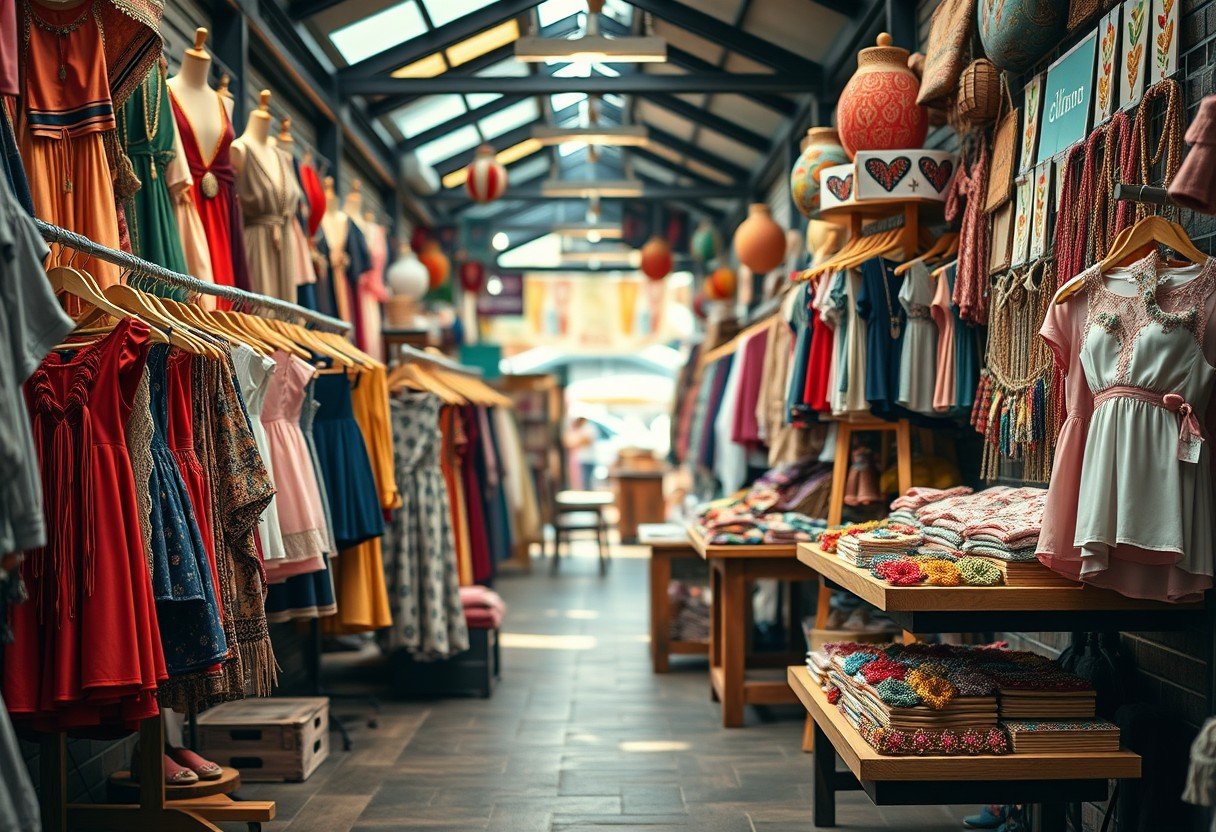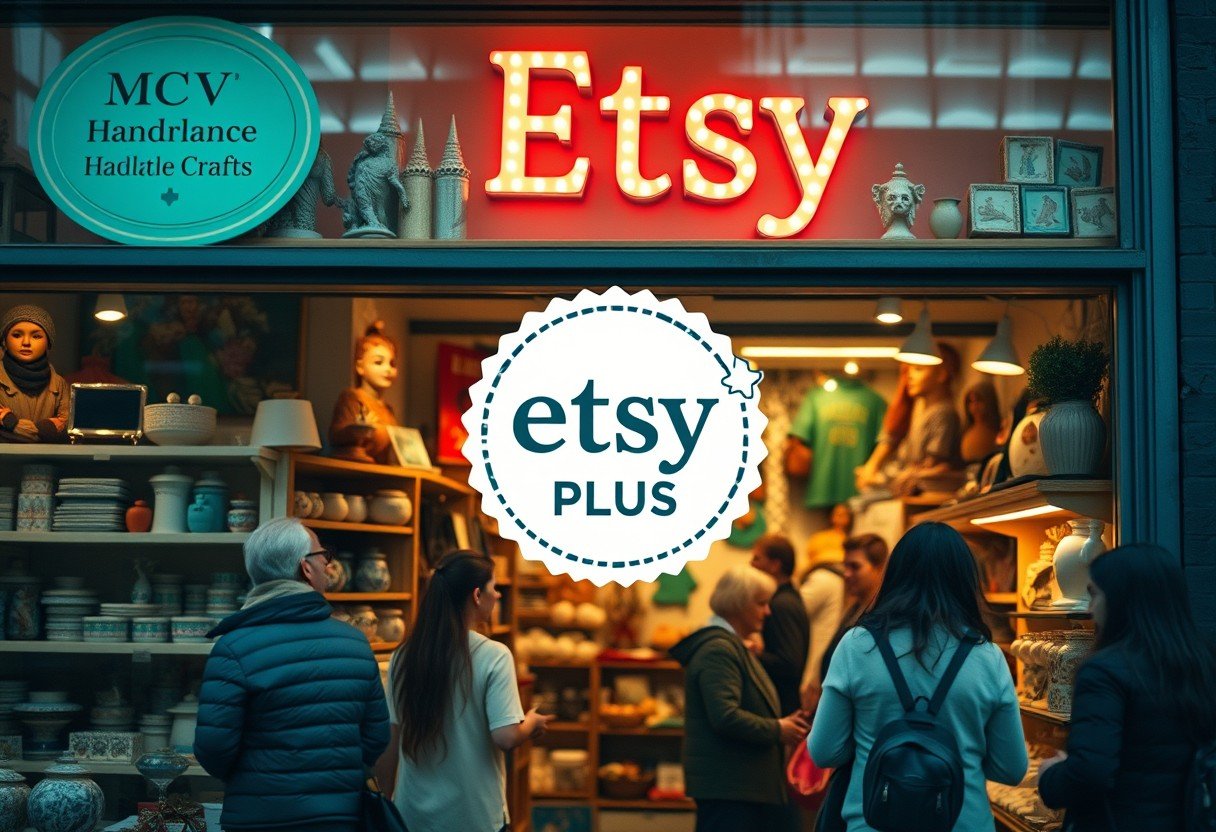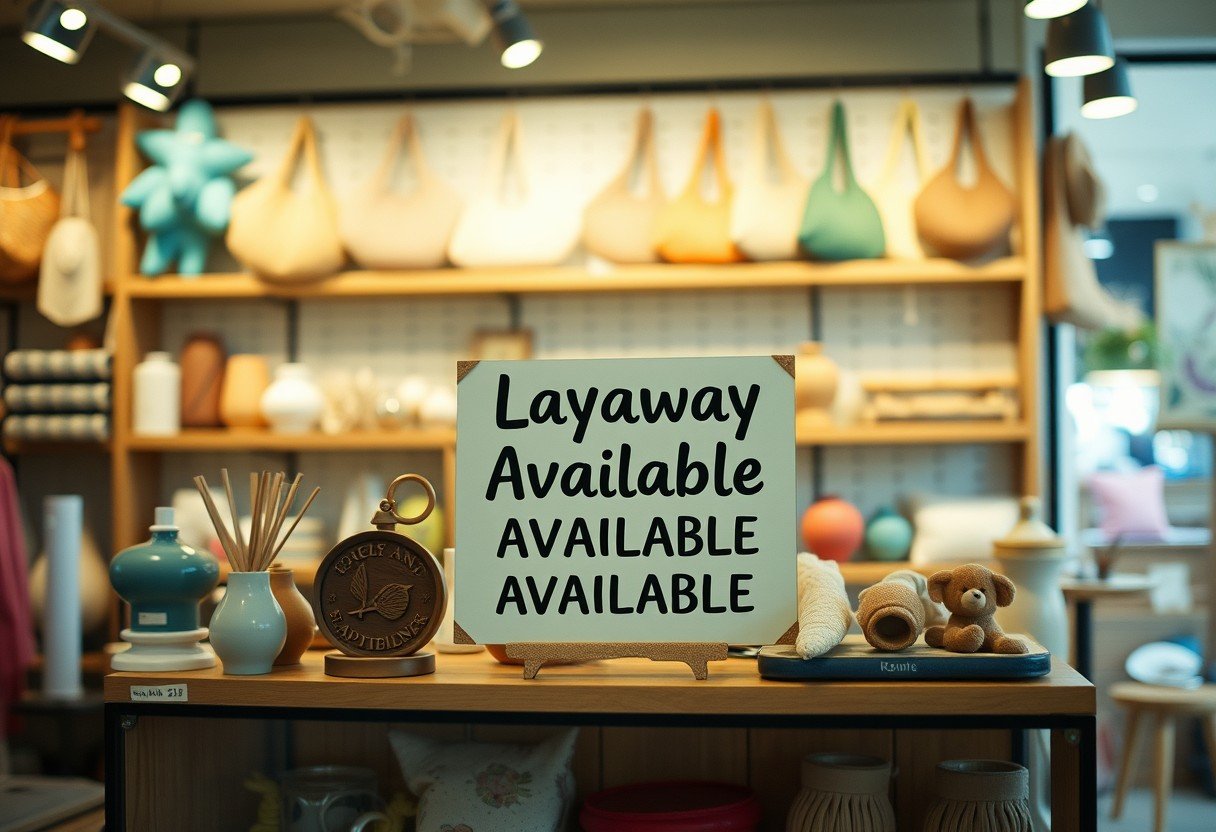Selling unique, handmade, or vintage clothes online can be a great business, but choosing the right platform is key. Etsy offers a massive marketplace for sellers, connecting you with millions of buyers who are specifically looking for one-of-a-kind items. This platform can be a perfect fit if your clothing line aligns with Etsy’s focus on creativity, craftsmanship, and individuality. Understanding its benefits and challenges will help you decide if it’s the right home for your fashion brand.
Understanding the Etsy Marketplace for Clothing
Etsy is not just another e-commerce site; it’s a global marketplace built for artisans, crafters, and collectors. Since its start in 2005, it has become the go-to platform for buyers seeking handmade, vintage, and unique goods. This creates a special environment where custom and artistic clothing can truly shine.
The audience on Etsy is a major advantage. Shoppers here, particularly millennials and Gen Z, aren’t just buying a product; they are often supporting a small business and looking for items with a story. They value originality and are willing to pay more for clothing that can’t be found in big-box stores. This buyer behavior is crucial for sellers to understand, as it shapes what kind of clothing succeeds on the platform.
If your brand focuses on unique designs, ethically sourced materials, or personalized options, you will find a receptive audience on Etsy. The platform’s user-friendly setup makes it easy to open a shop and start listing your items, giving you direct access to this niche market.
What are the Advantages of Selling Clothes on Etsy?
One of the biggest benefits is immediate access to a large, targeted customer base. Millions of shoppers visit Etsy every day searching for unique apparel. Instead of building an audience from scratch, you can tap into this existing traffic.
Another key advantage is the ability to offer customization. Etsy shoppers love personalized items, which sets your products apart from mass-produced clothing.
- Offering custom sizes or color options.
- Adding embroidered names or personal messages.
- Creating made-to-order dresses and shirts based on customer requests.
This level of personalization not only increases customer satisfaction but also builds loyalty. Happy customers who feel connected to the creation process are more likely to leave positive reviews and become repeat buyers. By offering one-of-a-kind designs, you build a unique selling proposition (USP) that helps you stand out and create a memorable brand.
Navigating the Challenges of Etsy’s Fashion Scene
While Etsy has many benefits, it’s also a highly competitive marketplace. Market saturation is a real challenge, as you’ll be competing with thousands of other clothing shops. To succeed, you must find a way to make your brand stand out, whether through a very specific niche, exceptional quality, or brilliant branding.
Pricing your clothing can also be difficult. You need to find a balance that covers your costs while remaining attractive to buyers. Your prices must account for materials, your time, and Etsy’s fees. If you price too low, you might hurt your profit margins and devalue your brand. If you price too high, you could lose sales to more affordable competitors.
Careful research into your market and competitors is essential for setting the right prices. Don’t forget to factor in all the associated costs to ensure your business remains profitable and sustainable in the long run.
Best Practices for a Successful Etsy Clothing Shop
To thrive on Etsy, you need more than just great products. Following best practices can significantly increase your shop’s visibility and sales. It starts with creating high-quality listings that attract and convert shoppers.
Optimizing your listings for Etsy’s search algorithm is crucial. This helps potential customers find your products when they search for items like yours. Here are a few key steps:
- Use Relevant Keywords: Think like a customer. What words would they use to find your clothing? Include these keywords in your titles, tags, and descriptions.
- Take High-Quality Photos: Your photos are the first thing a buyer sees. Use natural light and showcase your clothing from multiple angles, including close-ups of details.
- Write Compelling Descriptions: Tell the story behind your clothing. Describe the materials, the fit, and why it’s special. Be clear and engaging.
Beyond your listings, marketing is key. Use social media platforms like Instagram and Pinterest to show off your designs and connect with your audience. Running promotions or collaborating with influencers can also drive traffic to your shop and build a loyal customer base.
Learning from Successful Etsy Clothing Sellers
Many entrepreneurs have built thriving businesses on Etsy, and their stories offer valuable lessons. Top sellers consistently emphasize the importance of a strong brand identity. Your shop should have a cohesive look and feel, from your logo and banner to your product photography.
Communication is another area where successful sellers excel. Responding to customer questions promptly and professionally builds trust. Providing excellent customer service can lead to great reviews, which are vital for your shop’s reputation and visibility.
Engaging with the Etsy community can also provide a wealth of knowledge. Participate in seller forums to exchange tips and learn from the experiences of others. Many sellers are open about their mistakes and successes, offering insights that can help you avoid common pitfalls and adapt to changing market trends.
A Breakdown of Etsy’s Fees for Clothing Sellers
Understanding Etsy’s fee structure is essential for pricing your products profitably. The platform charges several types of fees that will impact your bottom line. Being aware of these costs from the beginning helps you plan your business strategy effectively.
Here is a simple breakdown of the main fees you can expect to pay as a seller on Etsy.
| Fee Type | Description | Cost |
|---|---|---|
| Listing Fee | A flat fee to publish a listing for four months. | $0.20 USD per listing |
| Transaction Fee | A percentage of the total order amount (including shipping and gift wrapping). | 6.5% of the total sale price |
| Payment Processing Fee | A fee for processing the payment through Etsy Payments. | Varies by country (e.g., 3% + $0.25 USD in the US) |
| Offsite Ads Fee | A fee charged if a sale is made through one of Etsy’s offsite ads. | 12-15% on sales over a certain threshold |
Frequently Asked Questions about Selling Clothes on Etsy
What types of clothes sell best on Etsy?
Unique items perform best. This includes handmade clothing, genuine vintage pieces, and customizable apparel like personalized t-shirts or made-to-order dresses. Niche markets, such as eco-friendly fashion or plus-size clothing, also have dedicated and loyal customers.
How can I make my clothing listings stand out on Etsy?
Focus on excellent visuals and detailed descriptions. Use high-quality photos with good lighting to showcase your clothes from all angles. In your descriptions, tell a story about your design and use relevant keywords in your titles and tags to improve your search ranking.
Are the fees on Etsy high for selling clothes?
Etsy charges a listing fee, a transaction fee, and a payment processing fee. While these costs can add up, they are generally competitive with other e-commerce platforms. It is crucial to factor these fees into your pricing to ensure you remain profitable.
How do I market my Etsy clothing shop effectively?
Use social media platforms like Instagram and Pinterest to visually promote your clothing and engage with potential customers. You can also use Etsy’s built-in advertising tools and run sales to attract buyers. Encouraging happy customers to leave reviews is also a powerful marketing tool.









Leave a Comment